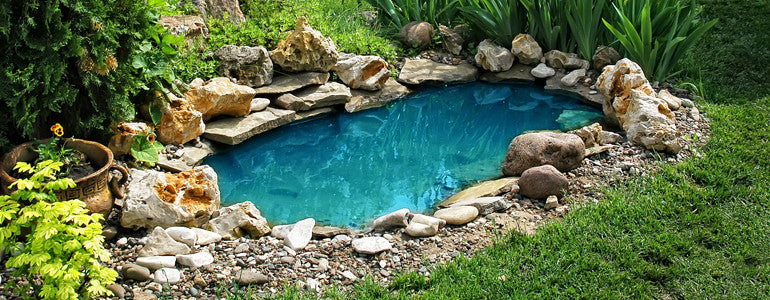Floratam St. Augustine Sod - 400 Square Foot Pallet
Wekiva Farms
Grass | Sod | Pallet
Many In Stock
St. Augustine grass, scientifically known...
St. Augustine grass, scientifically known as Stenotaphrum secundatum, is a popular warm-season grass that is commonly used for lawns, especially in warm climates. It is a member of the Poaceae family and is sometimes referred to as buffalo grass, although a different plant (Bouteloua dactyloides) is typically what people mean when they refer to buffalo grass. St. Augustine grass is known for its bluish-green leaves with wide, flat blades and low, creeping habit that allows it to form dense mats. It spreads via stolons and is salt-tolerant, making it an excellent choice for people who live along the coast.
In this article, we will explore in-depth the characteristics of St. Augustine grass, its ideal growing conditions, maintenance requirements, and some common problems that you may encounter when growing it.
Characteristics of St. Augustine Grass
St. Augustine grass is a true grass that belongs to the Poaceae family, which includes other popular turf grasses such as Bermuda grass, Kentucky bluegrass, and fescue. It is a warm-season grass, which means that it thrives in hot temperatures and goes dormant in the winter. When compared to cool-season grasses, such as fescue, St. Augustine grass requires less maintenance, including mowing, watering, and fertilizing.
One of the main characteristics of St. Augustine grass is its bluish-green leaf color with wide, flat blades. The leaves are between 3-6 mm in width and can grow up to 15 cm in length. It has a low, creeping habit that allows it to form dense mats, which makes it an excellent choice for lawns. The grass spreads via stolons, which are above-ground stems that allow the grass to creep along the soil surface and develop new roots and shoots at nodes. This characteristic makes it easy to propagate St. Augustine grass by rooting the stolons, allowing you to create new plants.
Another characteristic of St. Augustine grass is that it is salt-tolerant, making it an excellent choice for people who live along the coast. It can tolerate moderate levels of salt in the soil and water, which is why it is commonly used in coastal regions where the water table is high and the soil has a high salt content.
Ideal Growing Conditions for St. Augustine Grass
St. Augustine grass thrives in warm temperatures and does best in regions with hot summers and mild winters. It is best grown in USDA hardiness zones 8 to 10, which include the southeastern United States, the Gulf Coast, and southern California. In these regions, St. Augustine grass can remain green throughout the year and requires little maintenance during the winter months.
To grow St. Augustine grass successfully, you need to provide it with the right growing conditions. These conditions include:
Light: St. Augustine grass prefers full sun, which is defined as at least six hours of direct sunlight per day. However, it can tolerate some shade, making it an excellent choice for areas with partial shade. If you are planting St. Augustine grass in a shady area, make sure that it receives at least four hours of direct sunlight per day. If it receives less sunlight than that, it may become thin and weak.
Soil: St. Augustine grass prefers soil with good drainage, but it can also grow in heavy clay soil. It grows best in a soil pH of 5.0 to 8.5, but it can tolerate slightly acidic to slightly alkaline soil. Before planting St. Augustine grass, it is a good idea to amend the soil with organic matter, such as compost, to improve the soil structure and provide nutrients.
Water: St. Augustine grass requires consistent moisture to thrive, but it can tolerate moderate drought












